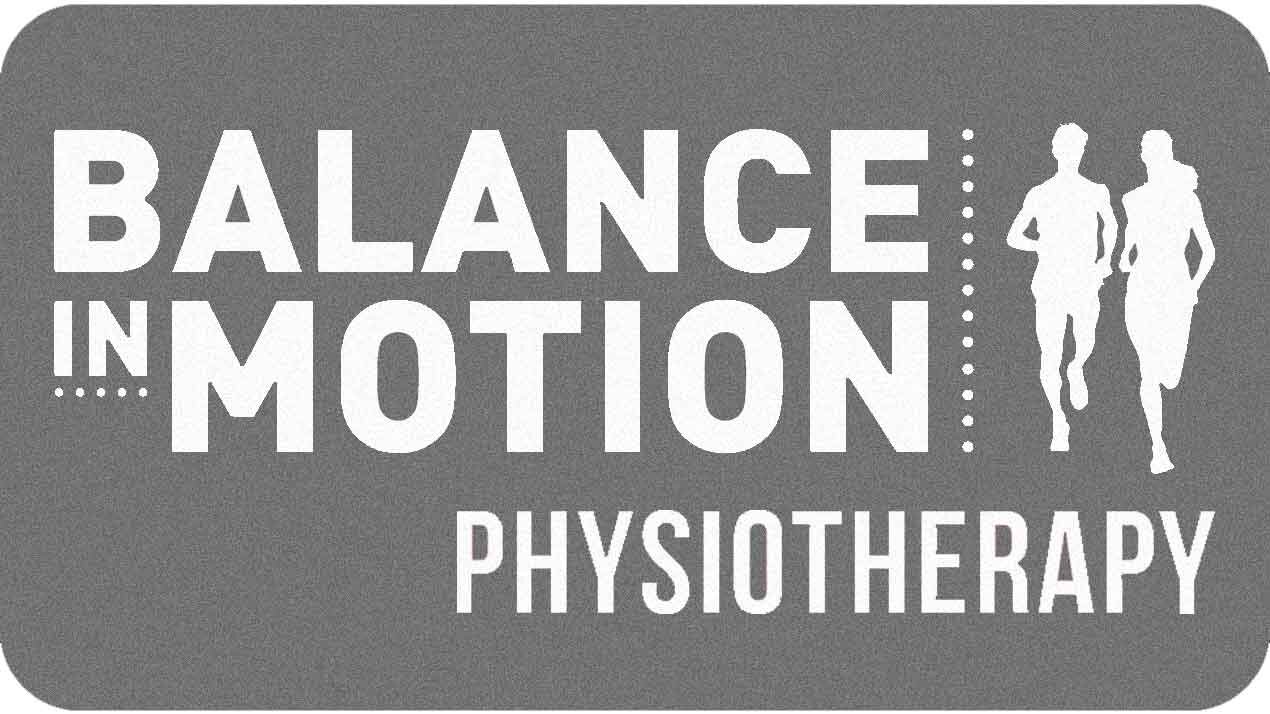What is Tennis Elbow?
/Despite being named tennis elbow, very few people with tennis elbow actually develop it from playing tennis. Tennis elbow, also known as "lateral epicondylitis", is an overuse injury of the common extensor tendon in your elbow. This tendon is attached to muscles that work on extending your wrist and fingers.
Tennis elbow often presents at tenderness around the elbow and weakness with gripping. It often develops with an increase in computer work, heavy lifting and gripping, rotating your forearm forcefully up and down, and repetitive vibration forces.
How do I manage Tennis Elbow?
One of the first things that need to be done is reduce the work that your elbow has to handle. This can be done through reducing the amount of lifting or vibration forces or changing your desk and computer set up. It can be good to take a short break from aggravting activities.
Ice can help reduce inflammation in the early stages and help manage the pain levels. Massage of the impacted muscles can help reduce tension and increase blood flow to the area. Some individuals find taping or braces helpful to offload the impacted tendon.
The biggest thing that needs to be implemented to strength training for the forearm. Isometric wrist extensions are a key exercise in early stages that will help increase strength and reduce symptoms for tennis elbow. As the forearm gets stronger the exercises will advance and change, working through larger ranges of movement and more functional tasks. Exercises will target grip, forearm movements, and wrist strengthening.
Due to the nature of tennis elbow it can last a long time, even 2 years. Generally the longer you have it the longer it will take to get better. Regular stretching of the wrist and forearm in combination with strength work can help prevent tennis elbow long term. For individuals that work at a desk it is important to ensure your work space is set up correctly and take breaks through the day.
Jade Reid

